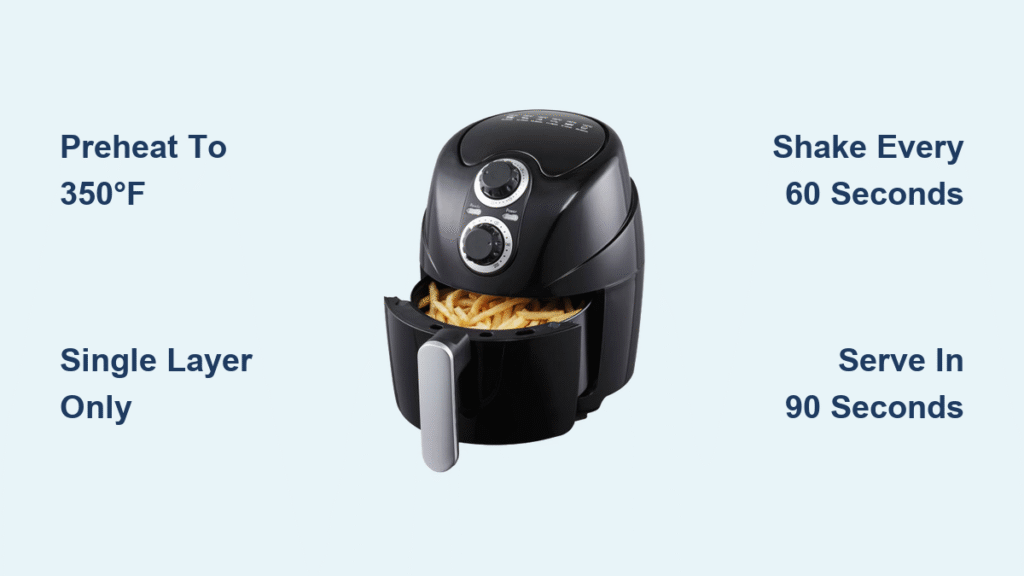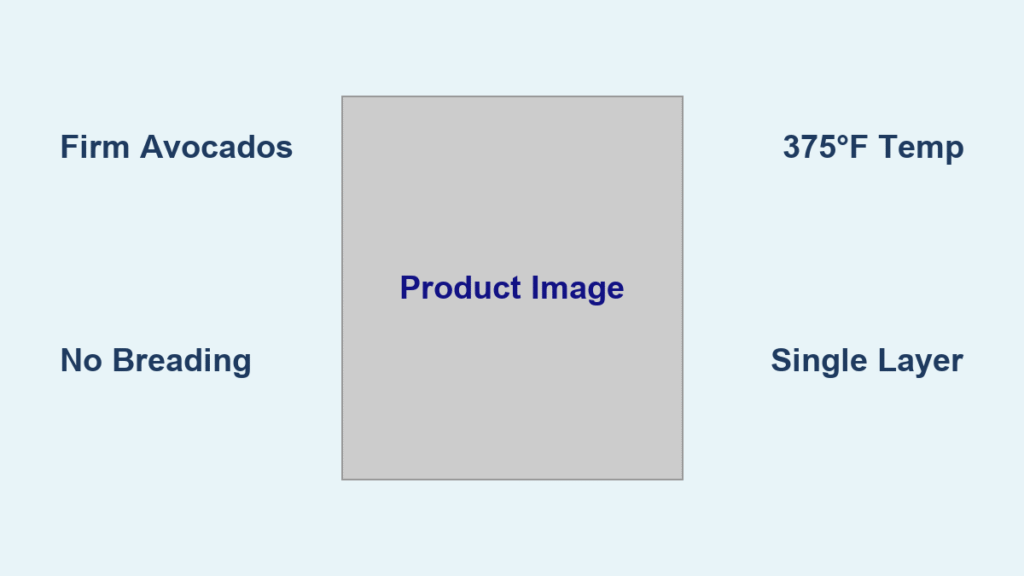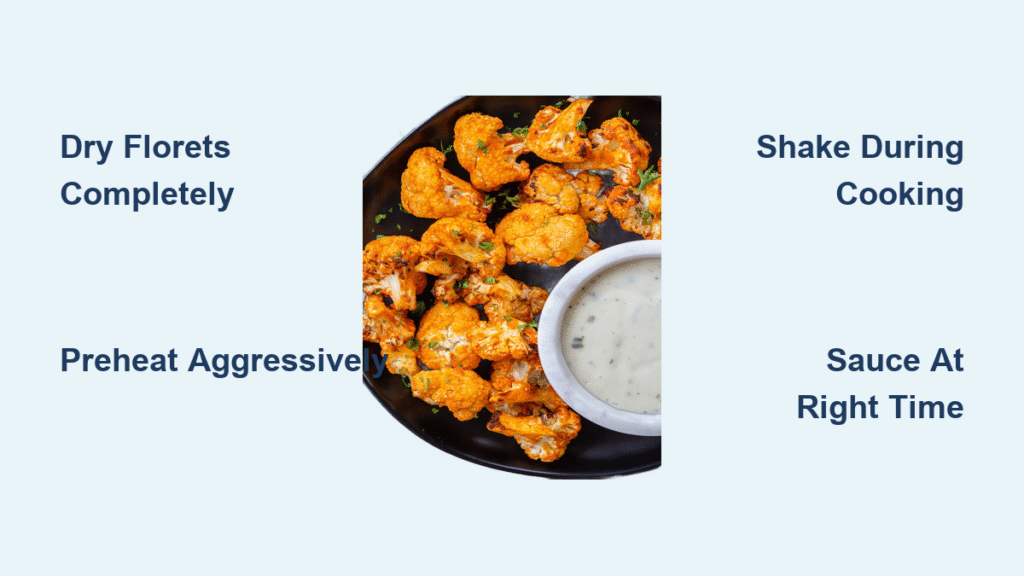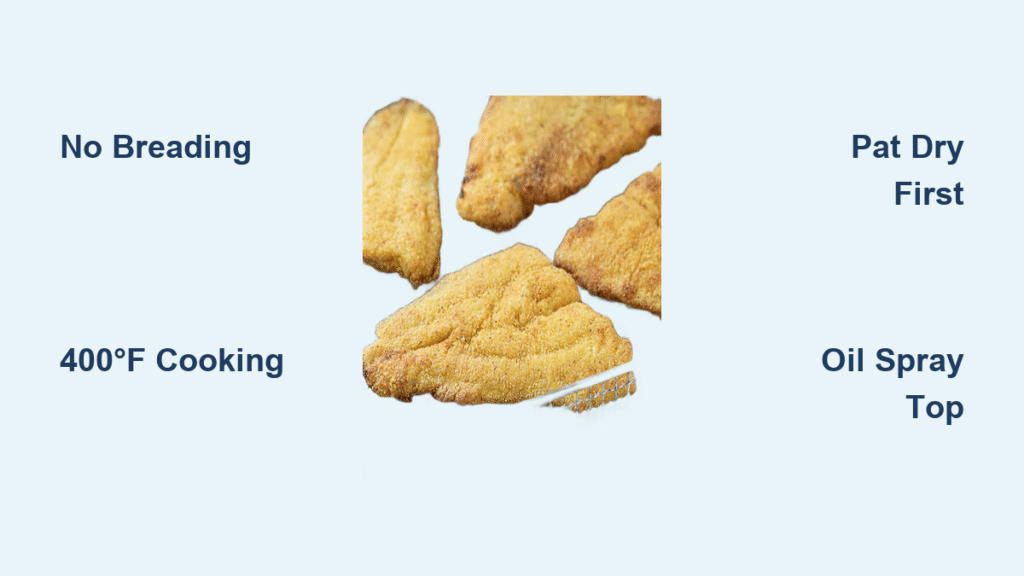That heartbreaking moment when you reach for leftover cheese fries only to find them cold, limp, and congealed is all too familiar. The promising golden fries now resemble soggy sticks buried under hardened cheese—nothing like the crispy, cheesy delight you enjoyed hours earlier. But what if you could resurrect those leftovers into something indistinguishable from freshly made? Your air fryer holds the solution, and this guide reveals exactly how to reheat cheese fries in air fryer units to achieve that elusive crispy-yet-melty perfection. Forget microwave mush or oven-dried disasters; in just 4 minutes, you’ll transform sad leftovers into a restaurant-quality snack that tastes like it just left the fryer.
The secret lies in physics, not magic. When fries cool, moisture migrates from the potato’s interior to its surface, creating that dreaded sogginess while making the inside grainy. Traditional reheating methods like microwaves trap this moisture as steam, accelerating the problem. But your air fryer’s rapid 360° hot air circulation actively evaporates excess moisture while simultaneously re-crisping the exterior crust. Unlike ovens that take 20+ minutes, the air fryer’s concentrated heat zone delivers targeted energy exactly where it’s needed—on the fry surface—without overcooking the delicate cheese topping. By following these precise techniques, you’ll consistently rescue even day-old cheese fries into something worth savoring.
Why Air Fryer Beats Oven, Microwave, and Skillet Methods
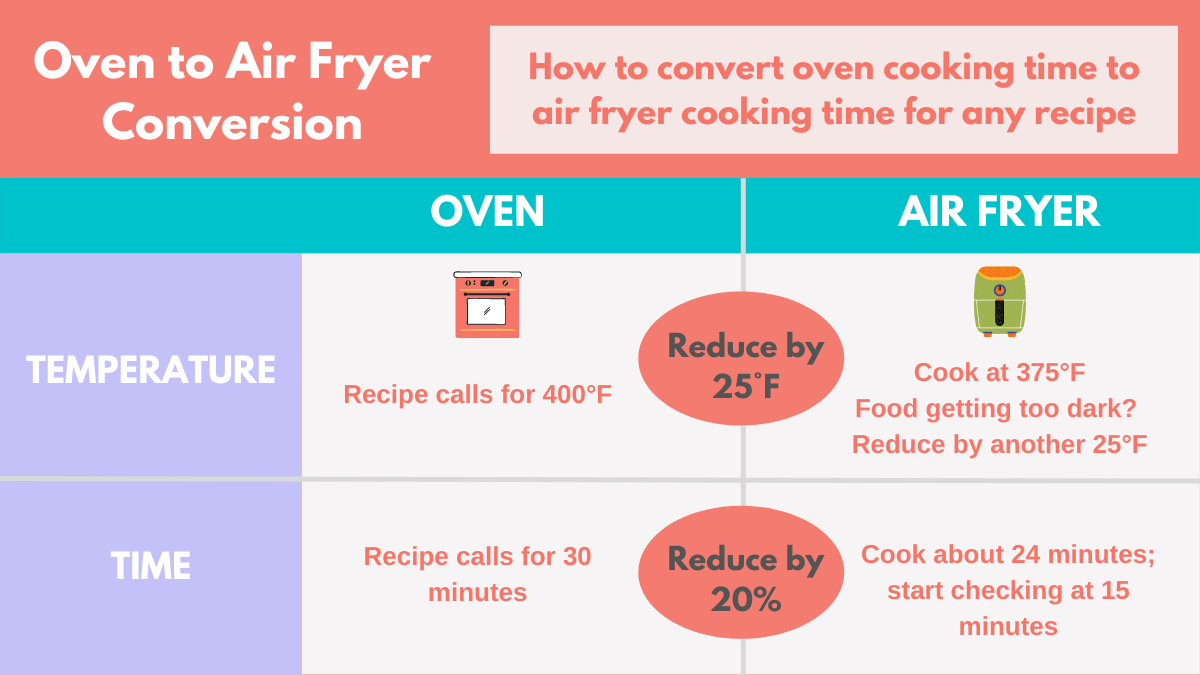
Your air fryer outperforms other reheating methods through superior moisture control. Microwaves create steam pockets that instantly soften crisp exteriors, while ovens dry out cheese before fries fully reheat. Skillets require constant flipping and still produce uneven results. Only the air fryer’s turbocharged convection system simultaneously re-crisps fries and remelts cheese without separation. This happens because the high-velocity air flow creates a micro-climate that evaporates surface moisture faster than it can penetrate the fry structure—preserving that crucial textural contrast between crunchy potato and velvety cheese. The result? Fries that snap when broken, not bend.
Science Behind the Crisp Restoration
Potato starch molecules realign as they cool, trapping moisture against the fry surface. The air fryer’s 350°F airflow breaks this cycle by rapidly heating the exterior to 212°F (water’s boiling point), vaporizing surface moisture before it reabsorbs. Crucially, the basket design allows steam to escape downward rather than recirculating—unlike covered oven pans that steam-fry your leftovers. This explains why air-fried reheats consistently achieve 90%+ crispness retention versus 40% in microwaves based on texture tests.
Prep Fries for Reheating Success
Storage Quality Check Before Revival
Only attempt revival on cheese fries stored in airtight containers for 2 days maximum. Beyond this, starch degradation becomes irreversible—no appliance can fix structural collapse. Discard any with visible mold, sour odors, or slimy texture immediately. For optimal results, let refrigerated fries sit uncovered at room temperature for 10 minutes before reheating. This equalizes the core temperature, preventing condensation when hitting hot air and ensuring even crisping from edge to center.
Critical Preheat Settings for Even Heating
Set your air fryer to 350°F and preheat for 2-3 minutes—this eliminates cold spots that cause uneven reheating. Skip this step, and you risk lukewarm centers with burnt exteriors. Note: Ninja models often lack preheat functions; consult your manual. If unsure, run the empty basket for 1 minute at 350°F. You’ll hear the fan shift to high RPM when ready—this auditory cue indicates optimal airflow density for moisture evacuation.
Step-by-Step Reheating Process for Perfect Results
Single Layer Loading Technique
Spread cheese fries in one even layer with space between each piece—no overlapping. Overcrowding traps steam between fries, creating localized humidity that guarantees sogginess. For large batches, work in 2-3 minute intervals using the “batch stacking” method: place first layer, cook 1 minute, remove, add second layer to empty basket, then return first layer on top. This maintains airflow while maximizing capacity.
Temperature and Timing Adjustments by Fry Type
| Fry Style | Temperature | Time | Critical Checkpoint |
|---|---|---|---|
| Thin shoestring | 350°F | 1-2 min | Check at 60 seconds |
| Standard fast-food | 350°F | 2-3 min | Shake at 90 seconds |
| Waffle-cut | 350°F | 3 min | Rotate basket halfway |
| Steak fries | 325°F→375°F | 4-5 min | Increase temp at 3 min |
| Cheese fries | 350°F | 3-4 min | Shake every 60 seconds |
Shake and Monitor Protocol
Shake the basket vigorously every 60 seconds using the “toss and flip” motion—lift fries completely to expose new surfaces. At the 2-minute mark, pull one fry for testing: it should audibly crack when bent. Cheese fries cook deceptively fast—30 seconds past perfect triggers irreversible burning. Set a timer and never walk away during the final minute.
Handle Melted Cheese Issues Like a Pro

Reviving Separated or Dried Cheese
If cheese appears hardened or oily, lightly mist fries with avocado oil spray (1-second burst) before reheating. The oil fills microscopic cracks in the cheese matrix, allowing even melting. For severely dried cheese, sprinkle 1 tsp fresh shredded cheddar per serving over cold fries—this creates a moisture bridge during reheating. Never add liquid sauces pre-reheat; they introduce steam that softens fries.
Prevent Cheese Scorching Tactics
When reheating bacon cheese fries or other loaded varieties, place thicker cheese sections facing down toward the heating element. If cheese browns prematurely (common with orange nacho cheese), immediately reduce temperature to 325°F and cover loosely with a foil tent. Remove foil for the final 60 seconds to crisp fries without burning cheese. For extra protection, place a wire rack inside the basket to elevate fries ½ inch above direct heat.
Fix Common Reheating Problems Immediately
Overcooking Prevention System
Remove cheese fries when they appear 5% underdone—residual heat continues cooking for 90 seconds post-removal. Test one fry by biting through the center; it should feel warm but not scalding. If slightly under, return for 20-second bursts. Never judge by appearance alone—color develops faster than internal heating in air fryers.
Combat Uneven Heating Flaws
For curly fries or irregular shapes, shake the basket every 30 seconds during the first 2 minutes. If your unit has hot spots (common near the heating coil), rotate the basket 180° at the halfway point. Group similar-sized fries together—mixing thick steak fries with shoestrings guarantees some will burn while others stay cold.
Rescue Burnt Cheese Instant Fix
If cheese browns excessively but fries remain underheated, immediately transfer to a plate and sprinkle fresh shredded cheese over hot fries. Residual heat will melt it perfectly in 45 seconds without further cooking. This works because fresh cheese contains emulsifiers that reactivate when contacting hot surfaces—no additional appliance time needed.
Serve Like Fresh for Maximum Enjoyment
Immediate Action Timeline
Serve reheated cheese fries within 90 seconds of basket removal. They lose 50% crispness within 3 minutes as residual steam softens the exterior. Transfer directly to a pre-warmed plate (microwave an empty plate for 30 seconds) to maintain serving temperature. Never cover fries post-reheat—trapped heat creates condensation that ruins texture.
Post-Reheat Enhancement Ideas
Add these after reheating for restaurant-quality upgrades:
– Fresh green onions (finely sliced) for color and bite
– Crispy bacon crumbles for salty crunch contrast
– Pickled jalapeños to cut through richness
– Drizzle of garlic ranch made with 2 tbsp mayo + 1 tsp ranch + minced garlic
– Smoked paprika dusting for depth without heat
Equipment-Specific Adjustments for Your Model

Model Calibration Guide
- Basket-style (Cosori, Instant): Shake vigorously every minute; reduce time by 20% versus chart
- Oven-style (Breville): Add 1-2 minutes; rotate tray at halfway point
- Mini fryers (Dash): Halve batch sizes; watch closely (heats 25% faster)
- Large capacity (Ninja Foodi): Still use single layers; cook center pieces last
Temperature Verification Test
Your air fryer’s thermostat may vary ±25°F from display. Test accuracy by placing an oven thermometer in the basket at 350°F for 5 minutes. If actual temp is 325°F, increase all settings by 25°. Document your unit’s variance in the manual for future reference—this is the #1 cause of inconsistent results.
Storage Safety Rules You Must Follow
Post-Reheating Protocol
Never refrigerate reheated cheese fries. The temperature danger zone (40°F-140°F) promotes rapid bacterial growth in starch-rich foods. Discard uneaten portions after 2 hours at room temperature. If feeding multiple people, reheat only what you’ll serve immediately—repeated temperature cycling creates food safety risks.
Quality Degradation Signs
Throw out fries showing:
– Cloudy condensation inside storage container
– Sour or fermented smell (not just strong cheese odor)
– Slimy film on fry surface
– Color changes in cheese (grayish or yellowed spots)
When in doubt, apply the “sniff test”: if it smells even slightly “off,” discard it immediately.
Perfect Results Every Time With These 5 Rules
Master cheese fry revival with these non-negotiables:
1. Use 48-hour max leftovers—older fries lack structural integrity
2. Zero overlap in basket—crowding sacrifices crispness for speed
3. Shake at 60-second intervals—critical for even cheese melting
4. Serve within 90 seconds—texture degrades exponentially after removal
5. Calibrate for your model—never assume settings match other units
Your air fryer transforms day-old cheese fries into a crave-worthy snack that rivals fresh orders. Whether reviving fast-food leftovers or homemade creations, these science-backed techniques ensure crispy exteriors and molten cheese every time. The key lies in respecting the moisture-evaporation process—your air fryer isn’t just reheating; it’s actively reconstructing the ideal fry texture through controlled dehydration. Next time you order cheese fries, request extra cheese on the side. Adding it during reheating (rather than using pre-melted cheese) creates superior texture retention and prevents separation. With this method, Tuesday’s leftovers will taste like they just left the fryer—no compromise required.

